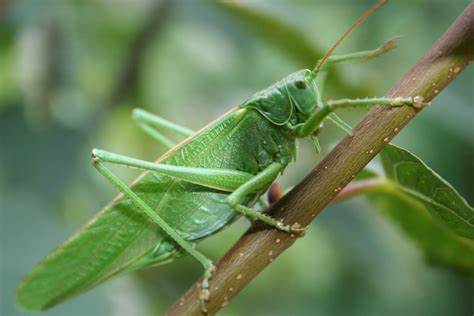Snacking on insects is not a common delicacy in most parts of the World and can be considered weird by some people. However, when in Uganda, snacking on grasshoppers commonly known as “nsenene” in the local language, should rank right up there on your “must do” list.
These little critters are nutrient-rich and have been consumed by various cultures around the world for centuries. So put your worries to rest and go ahead and enjoy this delicious snack, coz chances are probably one of your great-great-great grandparents enjoyed this snack at one point in life.
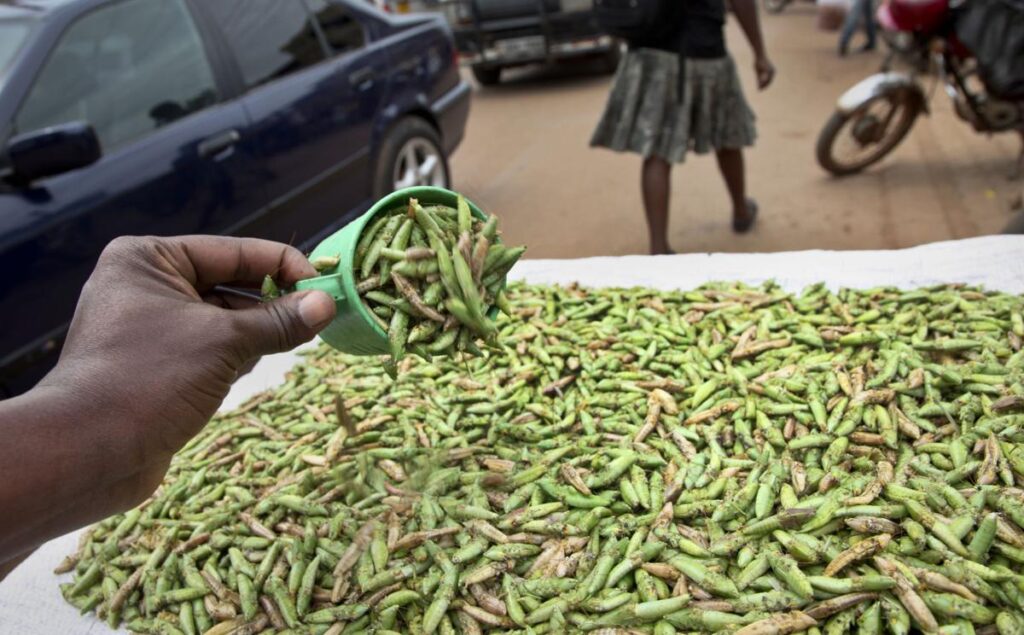
Uganda experiences a seasonal grasshopper bounty during the rainy months of May and November. These tasty insects emerge in large numbers, creating a captivating sight as they swarm at night, especially drawn to light. Capitalizing on this natural phenomenon, Ugandans cleverly use lights to attract and collect grasshoppers in bulk. The enthusiasm for this seasonal treat is evident by the overflowing vehicles transporting sacks of grasshoppers to city markets for eager customers.
Preparation of grasshoppers into a tasty snack
After purchase, the transformation into a tasty snack begins! Home cooks get to work by removing the wings and legs for safe consumption. These industrious insects even provide their own cooking oil, eliminating the need for additional fat. The frying time determines the texture – go longer for a satisfying crunch or keep it quick for a softer bite. Feeling adventurous? Onions and green peppers can be added for an extra flavor kick.
For longer-term enjoyment, some prefer to boil the nsenene first, followed by drying them in the sun. This method allows you to fry smaller batches whenever the craving strikes!
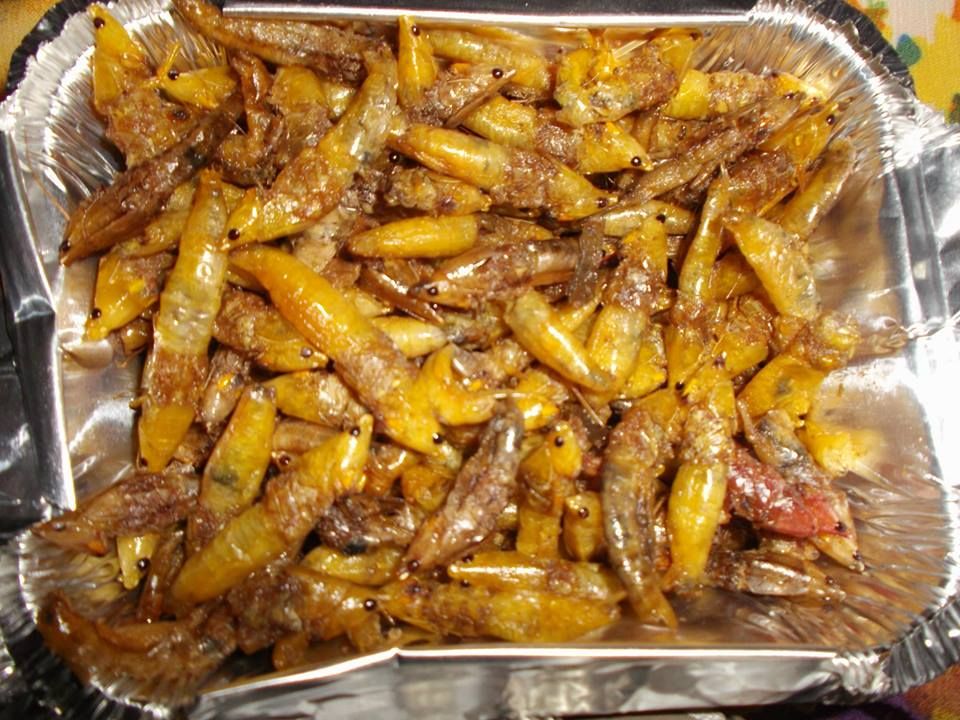
During Kampala’s grasshopper season, downtown streets come alive with vendors offering these crunchy treats! Whether you prefer yours fried plain or with a kick of onions, vendors are happy to cater to your taste. Feeling adventurous? Many will even let you sample their culinary creations before you buy. And if you’re looking for a DIY project, you can grab a bag of raw grasshoppers to fry up at home.
Grasshoppers hold special significance in Ugandan culture. They are the revered totem of the Nsenene Clan within the Buganda Kingdom. Uganda boasts 56 tribes, and the Baganda are one such tribe with a rich clan system. Each clan has a unique totem animal or object, considered sacred and off-limits for consumption by clan members. For the Nsenene Clan, this means abstaining from eating grasshoppers as a sign of respect for their clan symbol.
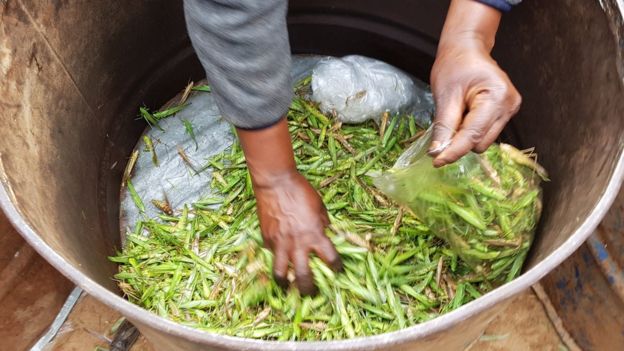
Here are some interesting facts about grasshoppers as a food source.
Nutritional Value: Grasshoppers are high in protein, containing about 20-30% protein content. They also provide essential amino acids, vitamins (such as B vitamins), and minerals (like iron and zinc).
Sustainability: Insects, including grasshoppers, are considered a sustainable protein source. They require less land, water, and feed compared to traditional livestock.
Environmental Impact: Rearing grasshoppers has a lower environmental impact in terms of greenhouse gas emissions and land use compared to cattle farming.
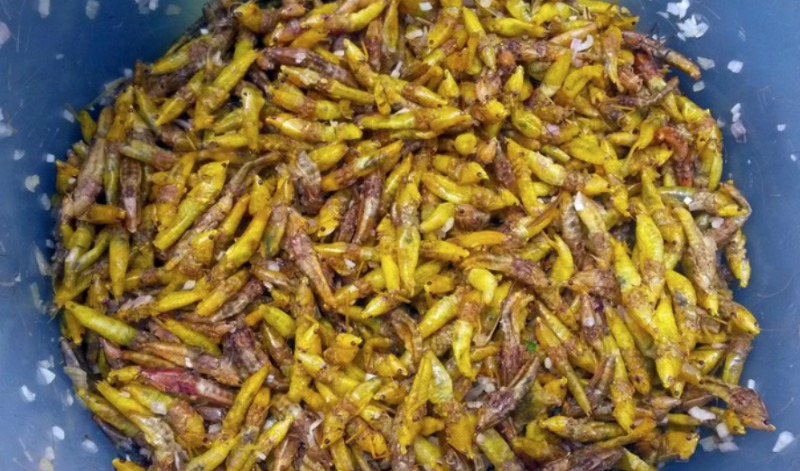
Culinary Uses
Grasshoppers can be prepared in various ways.
Roasted: Roasting grasshoppers gives them a crunchy texture and enhances their flavor.
Seasoned: They can be seasoned with spices, herbs, or sauces.
Incorporated into Dishes: Grasshoppers can be added to salads, stir-fries, tacos, or even used as a pizza topping!
Forget creepy crawlies, Ugandan grasshoppers, or Nsenene, are a celebrated culinary adventure! Not only are they a delicious local specialty, but they’re also a natural source of protein.
For a truly unique experience on your Ugandan safari, consider trying Nsenene – you might just discover your new favorite snack!

